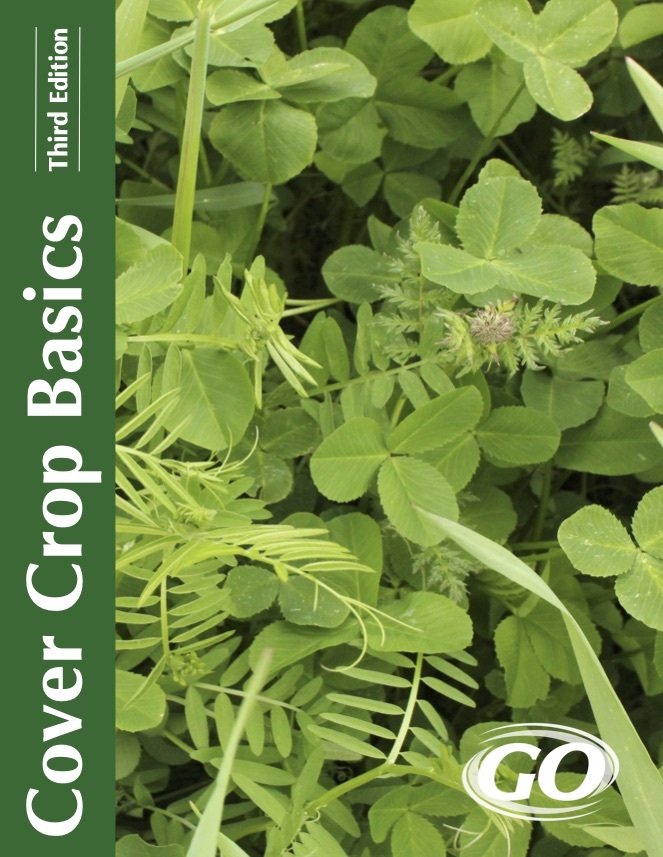In the world of regenerative agriculture, cover crops are gaining traction as a method to enhance soil health and boost crop yields. Dr. Shalamar Armstrong’s groundbreaking research is at the forefront of this movement. His work delves deep into the intricacies of cover crop systems, aiming to balance ecological advantages without decreasing yields. Here we discuss Dr. Armstrong’s research and its implications for modern farming.
Understanding the Basics: Goals and Challenges
Dr. Armstrong’s research focuses on developing high-performing cover crop systems designed to prevent soil and nutrient loss while promoting nutrient efficiency. He emphasizes, “Our goal is to maintain environmental benefits while managing for competitive yields, which is crucial for farmers.”
One of the early challenges Dr. Armstrong faced was with cereal rye, a commonly used cover crop. Initial experiments revealed a 6-13% reduction in corn yield following cereal rye. “We took thousands of plant samples throughout the corn’s life-cycle, with and without the cereal rye, to understand nutrient uptake patterns. We discovered that 60-75 days after terminating the cereal rye, there was a significant reduction in the nitrogen available to the corn, leading to reduced yields,” Dr. Armstrong explained. (Figure 1)
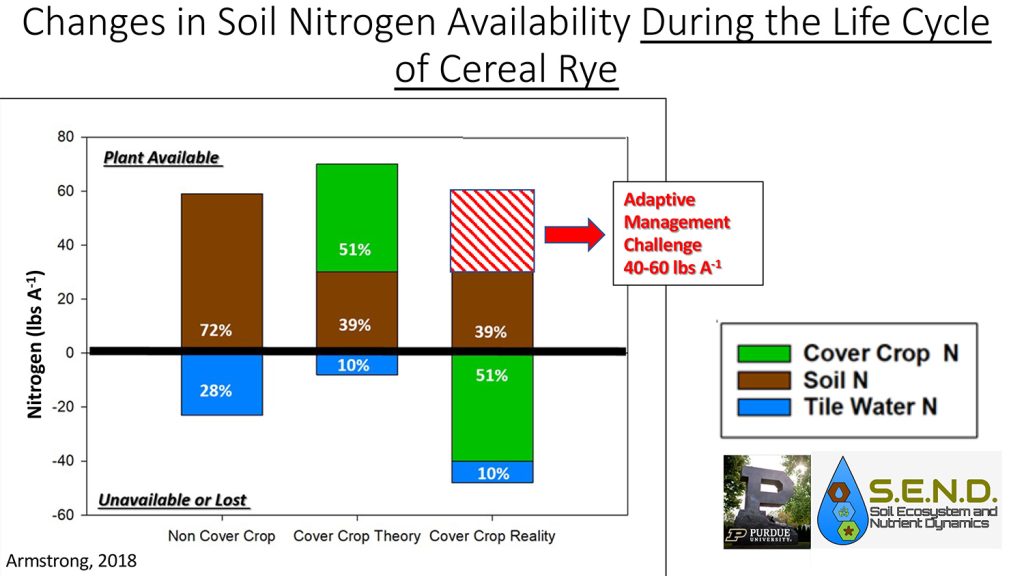
Dr. Armstrong fed the cereal rye a nitrogen that he could track through the plant, the soil, and into the corn at different growth stages; V5, V10, and harvest. Overall, he found that the cereal rye only releases about 10% of what it takes up. To overcome the yield lag from cereal rye, farmers would need to apply more nitrogen, which is not a sustainable conservation practice.
The FIXatioN Balansa Clover Advantage
This revelation prompted Dr. Armstrong to explore alternatives, leading to significant findings with FIXatioN Balansa Clover. Unlike cereal rye, Balansa clover has a low carbon-to-nitrogen (C:N) ratio, making it more efficient at releasing nitrogen. “Balansa clover significantly increased soil nitrogen over a short amount of time, translating into better yields with less fertilizer,” Dr. Armstrong noted. (Figure 2)
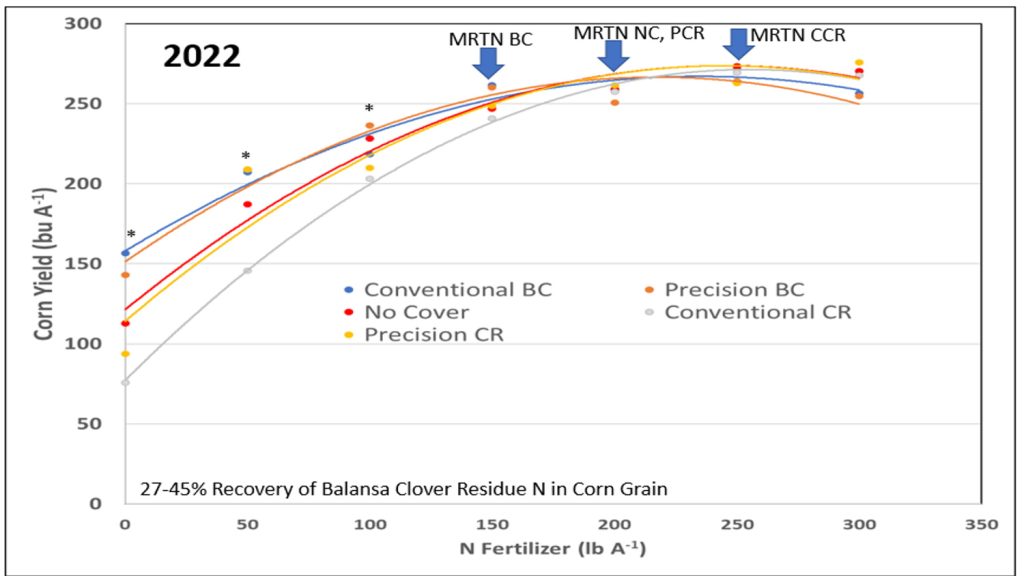
Understanding the corn’s N uptake requirements, timing of the available N from the FIXatioN Balansa Clover became crucial. Dr. Armstrong experimented with both planting “green” and planting “brown-green”. Brown-green planting involved terminating the Balansa cover crop two-weeks before planting corn to allow the clover to begin decomposition and make the clover’s N available to the corn at the V6 to V10 stage.
In the 2022 trial, both conventionally and precision planted Balansa clover, at a reduced seeding rate (2.5 lbs. per acre), yielded 250 bushels with only 150 lbs. of synthetic N per acre added. (Figure 3) FIXatioN Balansa Clover allows farmers to achieve competitive yields with less applied nitrogen per acre, compared to the 200-300 lbs. needed for a non-cover crop or cereal rye. Including the cost of FIXatioN Balansa Clover seed and termination management, this reduction in synthetic fertilizer can increase profits by $20-70 per acre.
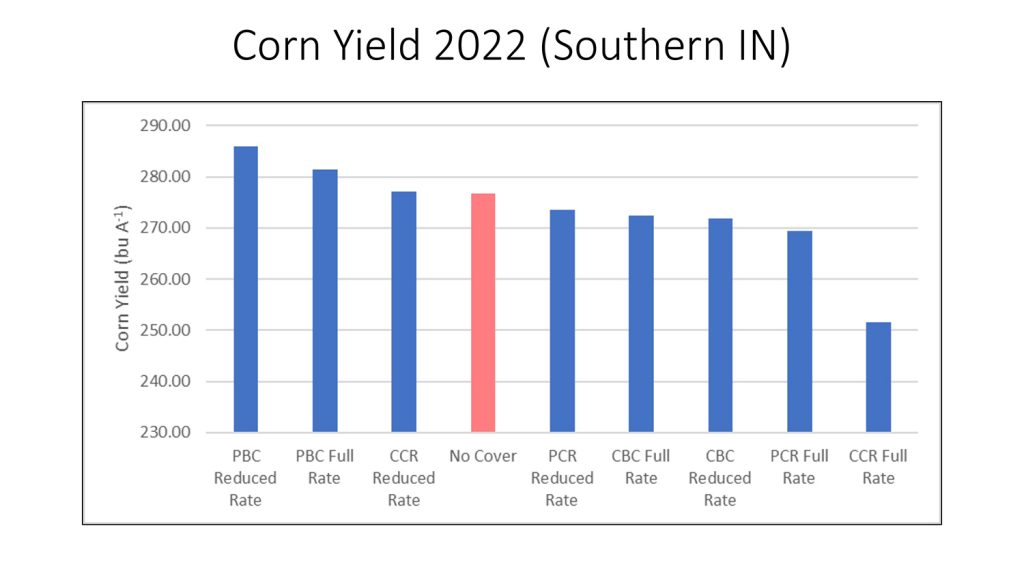
FIXatioN Balansa Clover’s two year average of dry matter biomass reached 4,780 lbs. per acre, with a nitrogen content of 137 lbs. Cereal rye had an average dry matter biomass of 2,567 lbs. per acre with nitrogen content of 53 lbs. What’s more, the biomass was not significantly different when FIXatioN was planted at a reduced seeding rate, which can further reduce costs. (Figure 4)
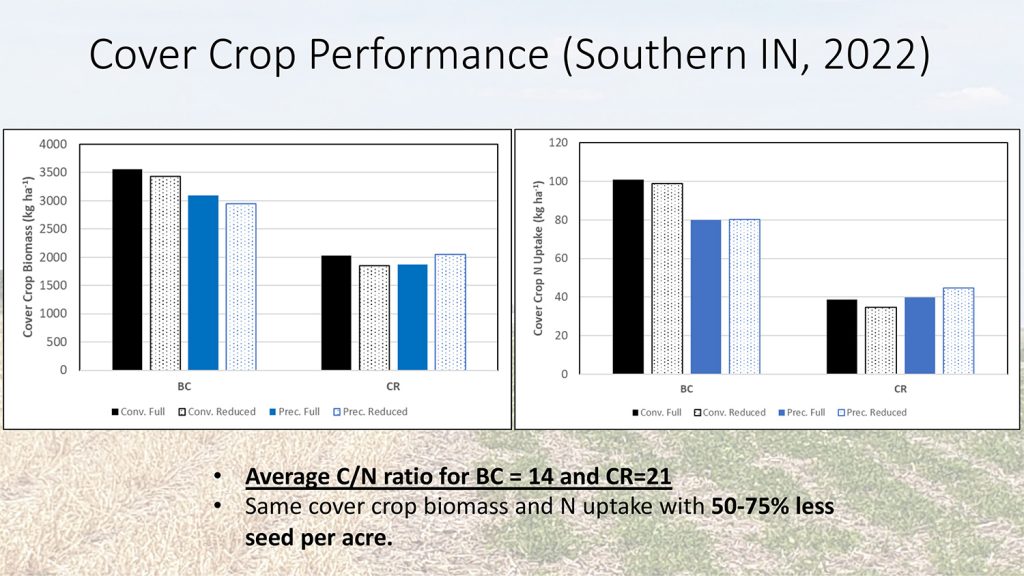
Precision Planting: Enhancing Efficiency
Precision planting has been another crucial aspect of Dr. Armstrong’s research. By planting cover crops in specific patterns to minimize competition with cash crops, farmers can improve both the biomass and nitrogen efficiency of their cover crops. (Figure 5) “Precision planting involves planting cover crops in strips with designated gaps for corn, which reduces negative reactions between the two when the corn seed is planted,” Dr. Armstrong explained.
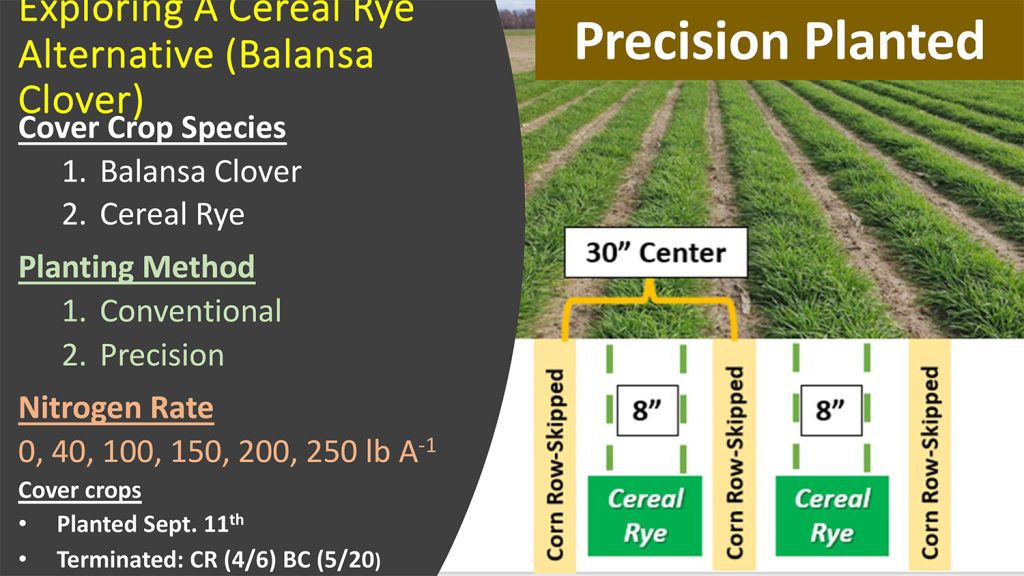
Precision planting was especially important in drought years. The gap row made it so the corn didn’t compete with the cover crop for soil moisture. This allowed the clover to continue to put on biomass without depleting the soil moisture for the cash crop. (Figure 6)
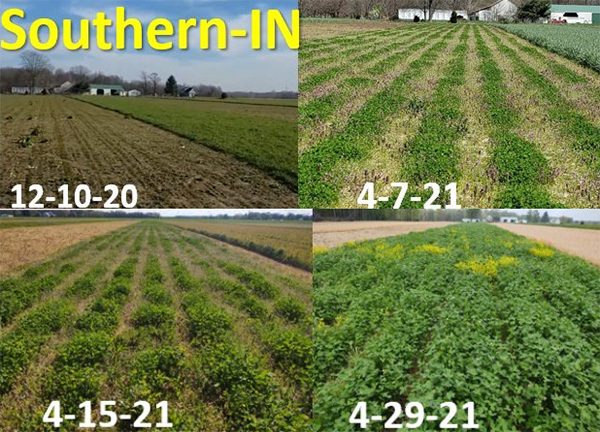
“Ultimately, our goal is to make these practices the norm, benefiting both farmers and the environment,” Dr. Armstrong stated. “There are long-term soil health benefits: protection from erosion, and a financial benefit. Farmers can spend less time and money for the same yield. Who wouldn’t do it?”
Dr. Armstrong’s research is not just about improving yields; it’s about creating sustainable, economically viable farming practices. As he puts it, “The initial learning curve and investment can lead to substantial longterm benefits, both economically and environmentally. The inclusion of FIXatioN Balansa Clover could be vital in the production of low carbon intensity corn due to its ability to generate an N credit and its carbon capturing potential.”
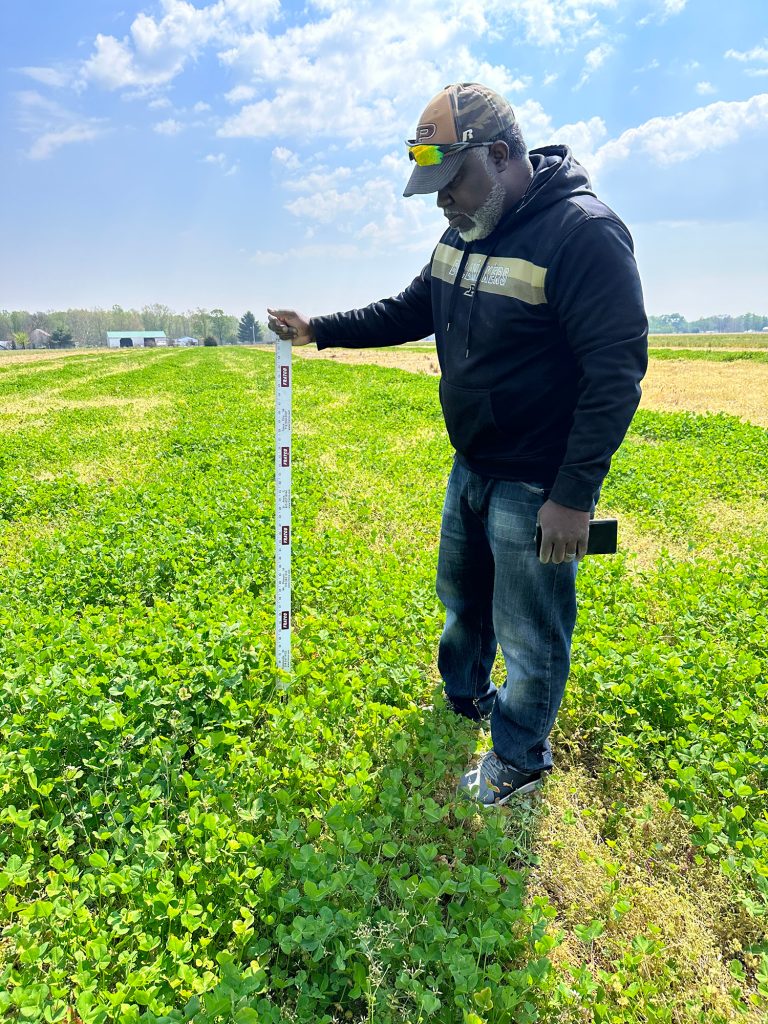
Dr. Armstrong recognizes that there is still significant work to be done. His research has primarily focused on agricultural practices in southern Indiana, and is now expanding into northern climates, aiming to optimize planting dates for these regions. He emphasizes the importance of involving entomologists in his research to address pest management challenges.
Another critical aspect of his future research involves quantifying nitrogen loss in agricultural systems. While there is an understanding of nitrogen uptake from corn residue of balansa clover, further research is needed to comprehend gaseous nitrogen losses; quantifying when and how much loss occurs, and to develop strategies to manage these losses effectively.
Dr. Armstrong’s research is sure to add valuable, practical knowledge to generations of farmers both now and in the future, ensuring more sustainable, profitable, and productive agricultural practices.
Research Collaborators: Dr. Amir Sadeghpour, Southwestern University and Dr. Andrew Margenot, University of Illinois.

